Young or old, sunscreen is always a necessity! But sometimes the scientific terms can throw us off, so we’re here with a Picky Guide on how to read your sunscreen label. Decoding the terminology so you can best protect your skin!
UV Rays
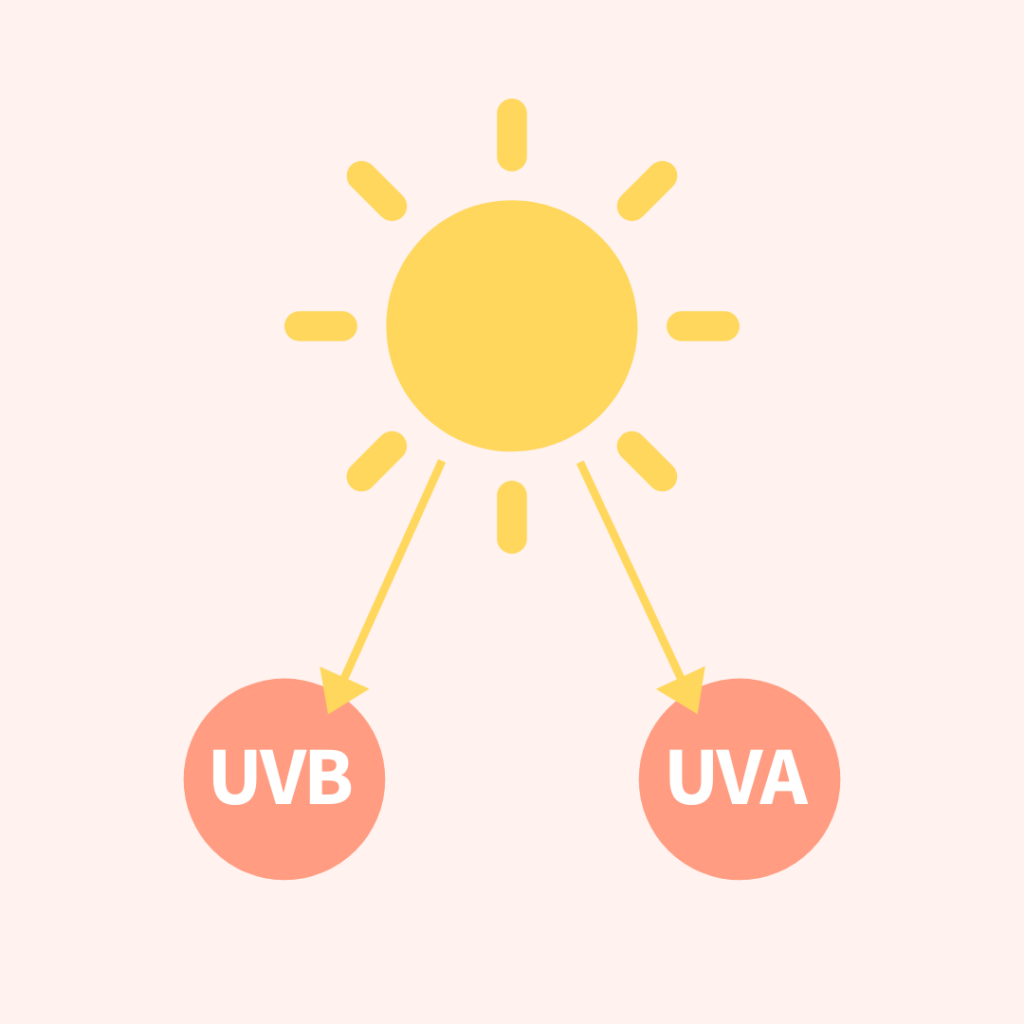
This is what you’re protecting your skin from: UVA and UVB rays. UV radiation from the sun is actually transmitted in three wavelengths -UVA, UVB and UVC. However, UVC doesn’t make it through the earth’s atmosphere, so we don’t have to worry about it. But with UVA and UVB, our skin needs protection!
- UVA: Leads to sun-induced skin aging, as well as skin cancer. UVA rays can penetrate window glass and much deeper than UVB rays. Having UVA protection in a sunscreen will help defend against photo aging and possible skin cancers.
- UVB: Responsible for sunburns and linked to different forms of skin cancer (basal cell carcinoma and malignant melanoma). Having a sunscreen with high SPF can block UVB rays and prevent burning which overtime could develop into skin cancer. UVB rays can’t penetrate through window glass.
SPF
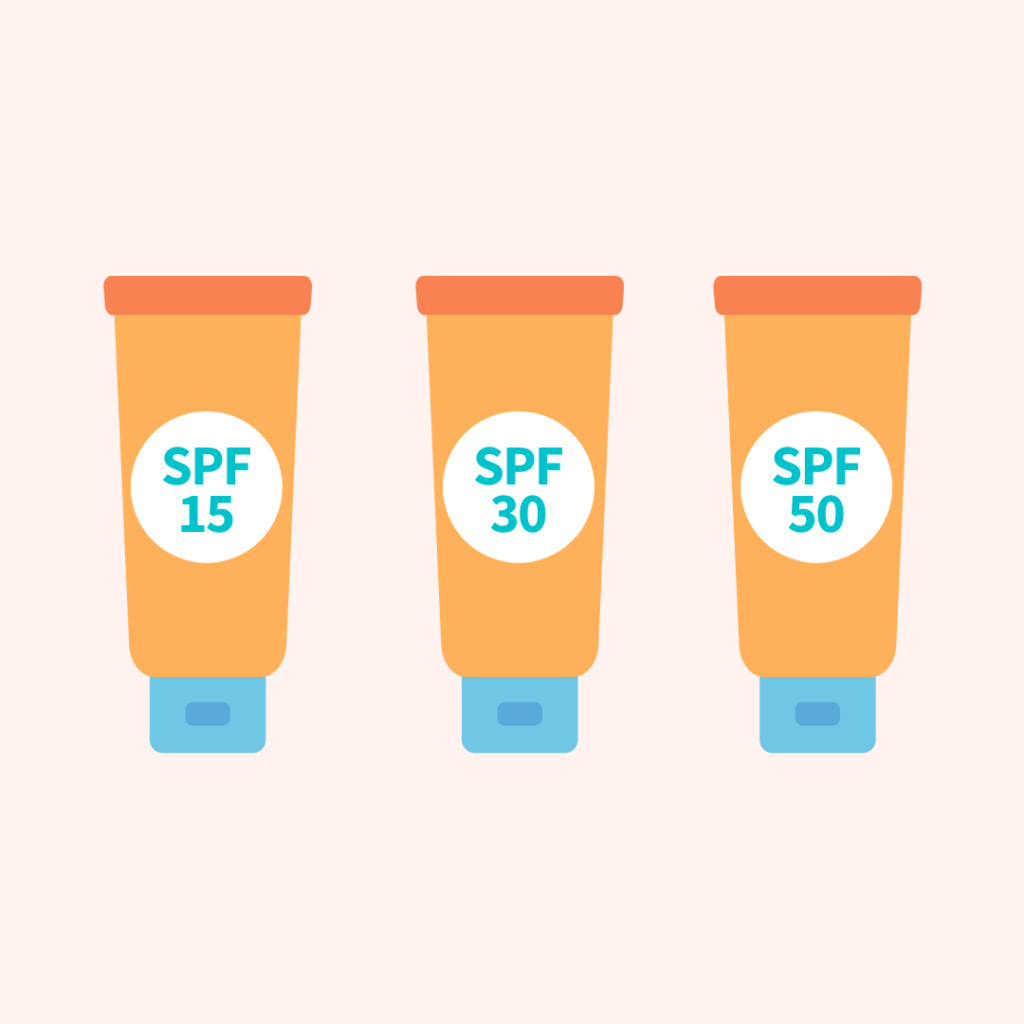
SPF, Sun Protection Factor, determines how well a sunscreen protects your skin from sunburn. While broad-spectrum protects against both UVA and UVB rays, SPF shows the amount of UVB rays a sunscreen filters out.
- SPF 15 : Filters 93%
- 30 : Filters 97%
- 50 : Filters 98%
It’s recommended to use SPF 30 or higher. However, there’s no sunscreen that can filter out 100% of the sun’s UVB rays. Which is why it’s crucial to physically protect yourself from the sun. Seek shade and wear sun protective clothing, like long sleeve shirts, pants, hats and sunglasses along with your sunscreen.
PA+ Rating
Another sunscreen terminology important to know is PA. PA stands for protection grade of UVA and is widely used in Asian countries like South Korea and Japan. It can be measured with a value of ‘+.’
- PA+ : Some UVA protection
- PA++ : Moderate UVA protection
- PA+++ : High UVA protection
- PA++++ : Extremely high UVA protection
But not all countries use this PA rating system. This is because the rating only measures how the sun’s UVA rays can cause skin to tan, a process known as Persistent Pigment Darkening (PPD). And the issue with this is not everyone’s skin tans after being exposed to the sun.
There’s a lack of sufficient scientific evidence to draw a line of causation between the level of PA value and prevention of photo aging. So PA+ and above was established as the minimum level required for UVA protection.
Water Resistance
Jumping into the ocean or swimming can make re-applying sunscreen tricky! But here’s some insight on water resistant sunscreens and what that actually means. Water resistance refers to how long a sunscreen will remain while the skin is wet. Of course sunscreens have to be tested in order for brands to mark these water resistant claims on their labels.
- Water resistant: Sunscreen stays effective for 40 minutes in water. At that time, it needs to be reapplied.
- Very water resistant: Sunscreen stays effective for 80 minutes in water. After 80 minutes, it needs to be reapplied.
Types of Sunscreen

Sports Sunscreen
While there isn’t technically a regulation for this term it usually means the sunscreen will remain on wet skin for either 40 or 80 minutes. But always check the label! You might see “water resistant” or “very water resistant.” To keep your skin protected with sports sunscreen, re-apply:
- When sweating (every 40 or 80 minutes)
- After toweling off
- After getting out of the water
- Every 2 hours (when not sweating or in the water)
Baby Sunscreen
This term also unregulated. In general, when we see “Baby” on a sunscreen label, it means the sunscreen contains inorganic UV filters, titanium dioxide and/or zinc oxide which are less likely to irritate a baby’s sensitive skin. When using sunscreen on babies and toddlers:
- Under 6 months: Protect their skin from the sun by keeping them in the shade and dressing them in long-sleeved shirts, pants, wide-brimmed hats, and sunglasses. Careful that they don’t overheat. If possible, avoid using sunscreen on these children.
- 6 months and older: Use a sunscreen that contains zinc oxide or titanium dioxide. These ingredients are the most appropriate for infants and toddlers. Even when using sunscreen, keep children in the shade and dress them in clothing that will protect their skin from the sun.
Sensitive Skin Sunscreen
Another term that isn’t regulated. But in general, if a sunscreen label says “sensitive skin” it usually means:
- Contains one or both of these active ingredients — titanium dioxide and zinc oxide
- Does NOT contain fragrance, oils, PABA, or active ingredients found in chemical sunscreens, which can irritate sensitive skin
- Is hypoallergenic
Get More on Picky
How was our crash course on reading a sunscreen label? If you’re looking for some more insight or advice, you can take a look at our How to Find the Right Sunscreen For You post or open your Picky app. In Q&A on Picky, the community has tons of suggestions and fabulous insight on all things sun care and skincare! Don’t forget to follow us on Instagram for more fun skincare science content.

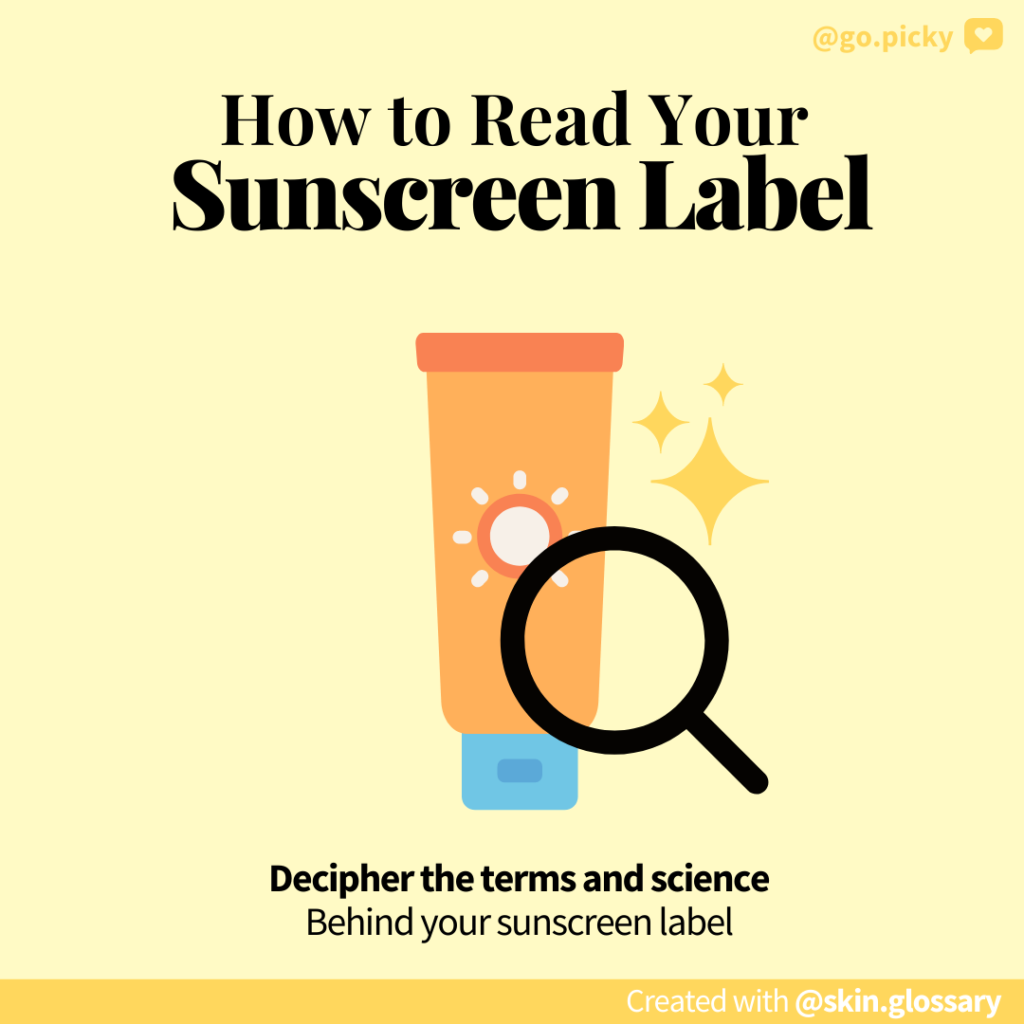
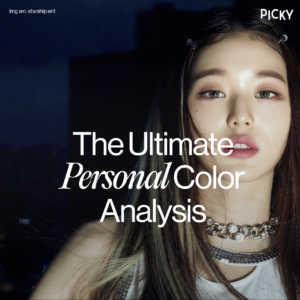


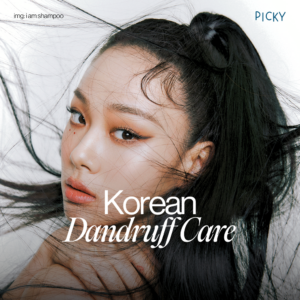
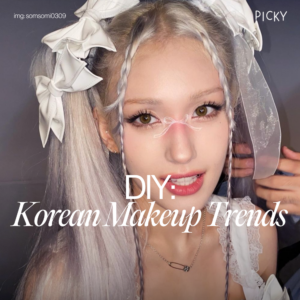
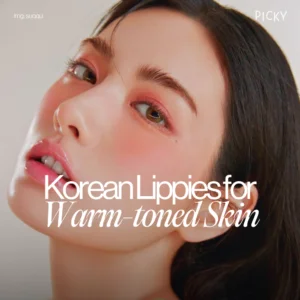
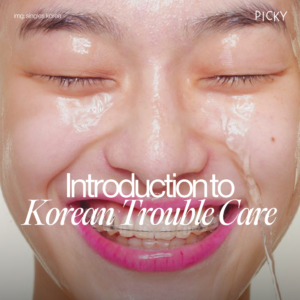
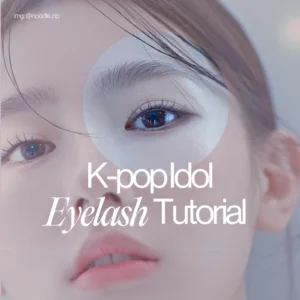
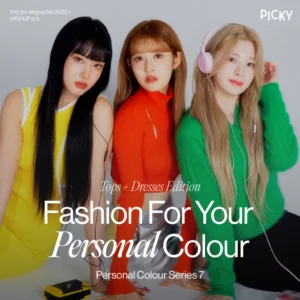


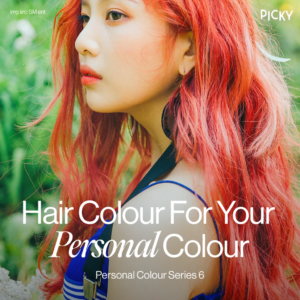
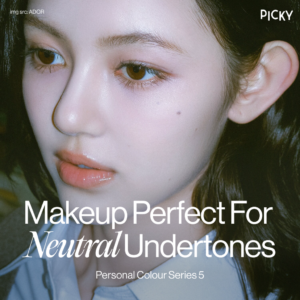
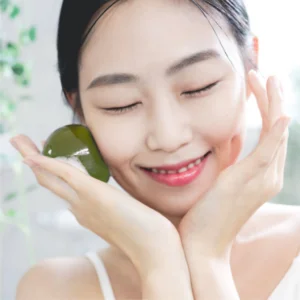

One Response
This one is a good read